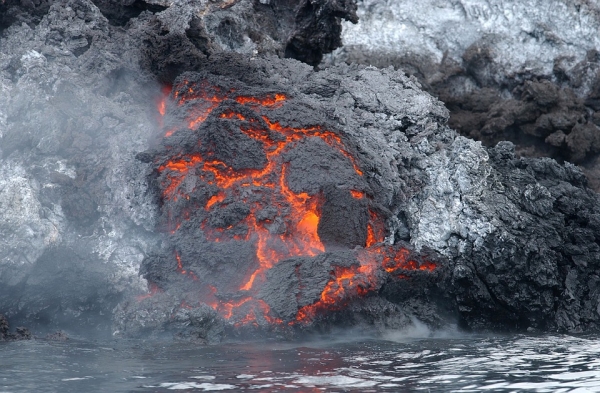Researchers at the University of Bristol and Scottish Universities Environmental Research Centre have discovered that super-eruptions occur when huge accumulations of magma deep in the Earth’s crust, formed over millions of years, move rapidly to the surface disrupting pre-existing rock.
Using a model for crustal flow, an international team of scientists were able to show that pre-existing plutons – a body of intrusive rock made from solidified magna or lava - were formed over a few million years prior to four known gigantic super eruptions and that the disruption of these plutons by newly emplaced magmas took place extraordinarily rapidly. While the magma supplying super eruptions takes place over a prolonged period of time, the magma disrupts the crust and then erupts in just a few decades.
The findings, published today in Nature, explain these extreme differences in time ranges for magma generation and eruption by flow of hot but solid crust in response to ascent of the magma, accounting for the infrequency of these eruptions and their huge volumes.
Read more at University of Bristol
Photo Credit: 12019 via Pixabay


